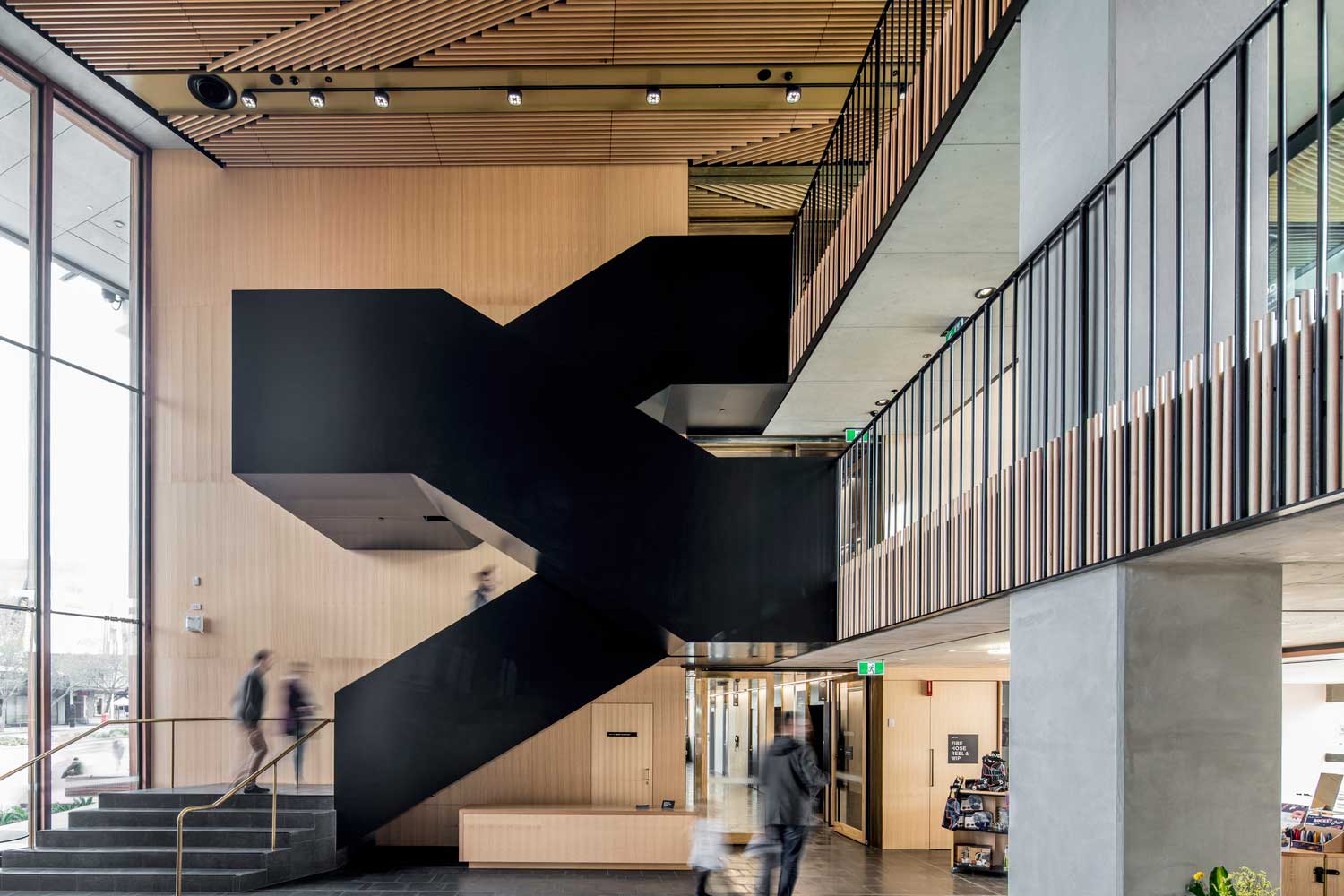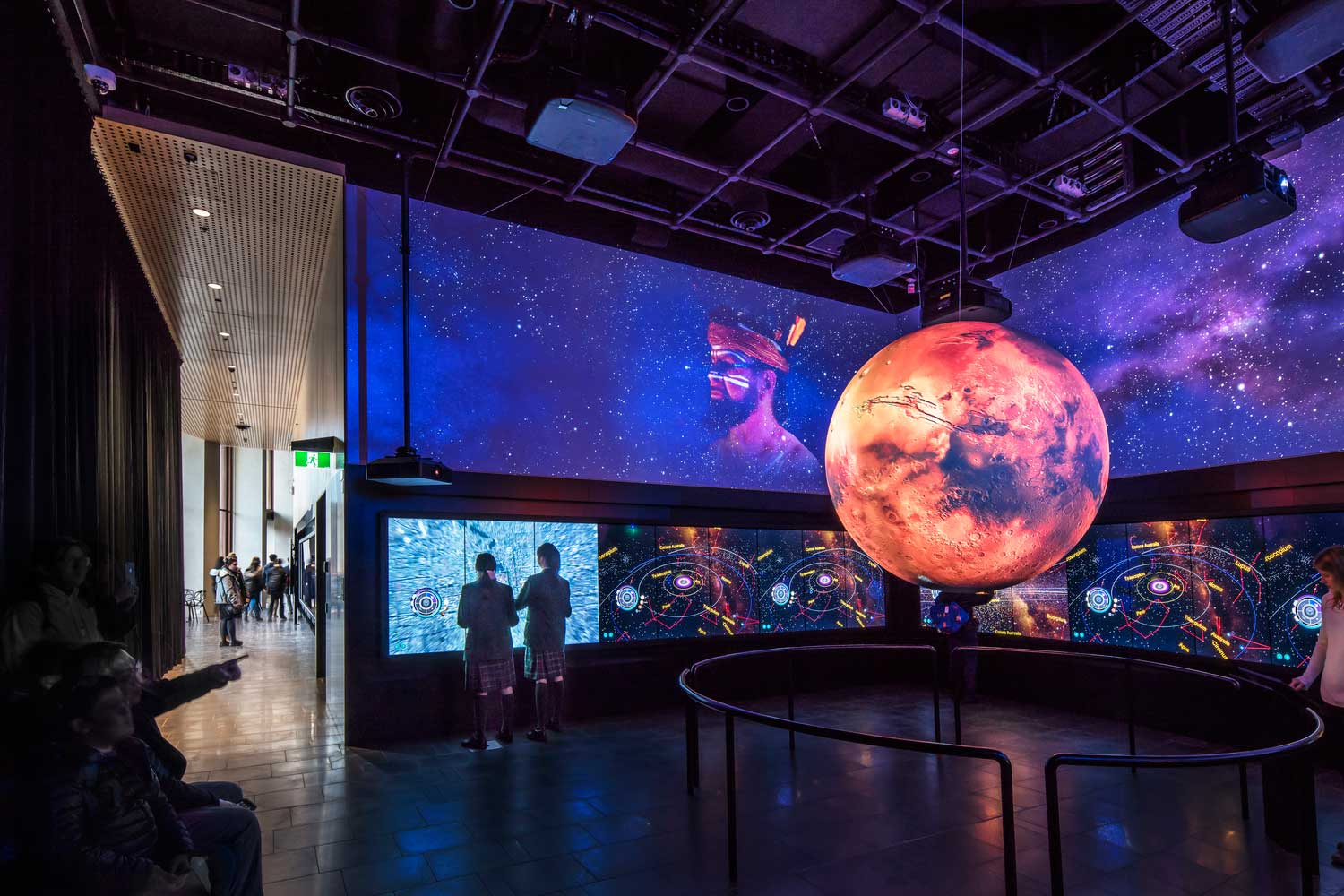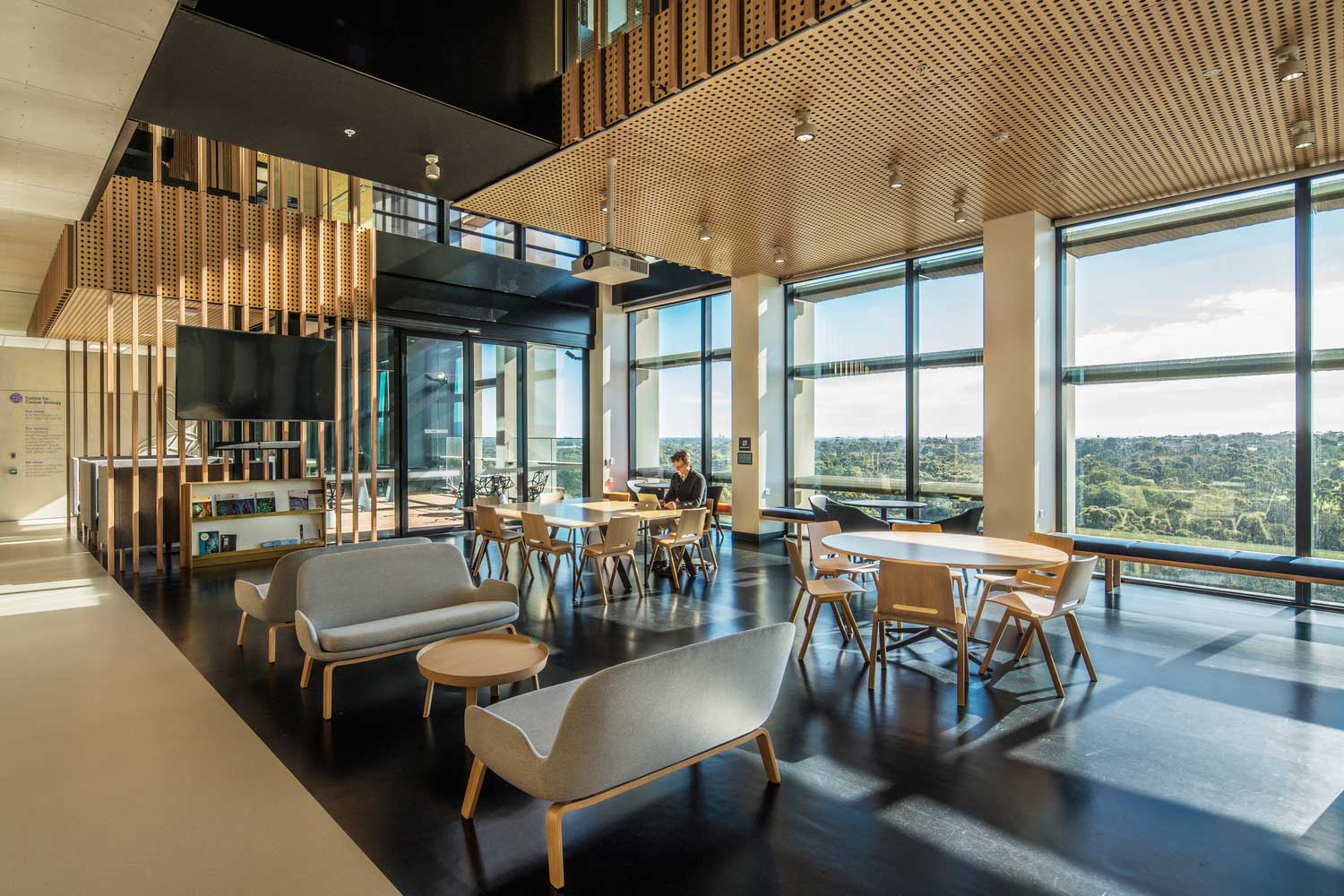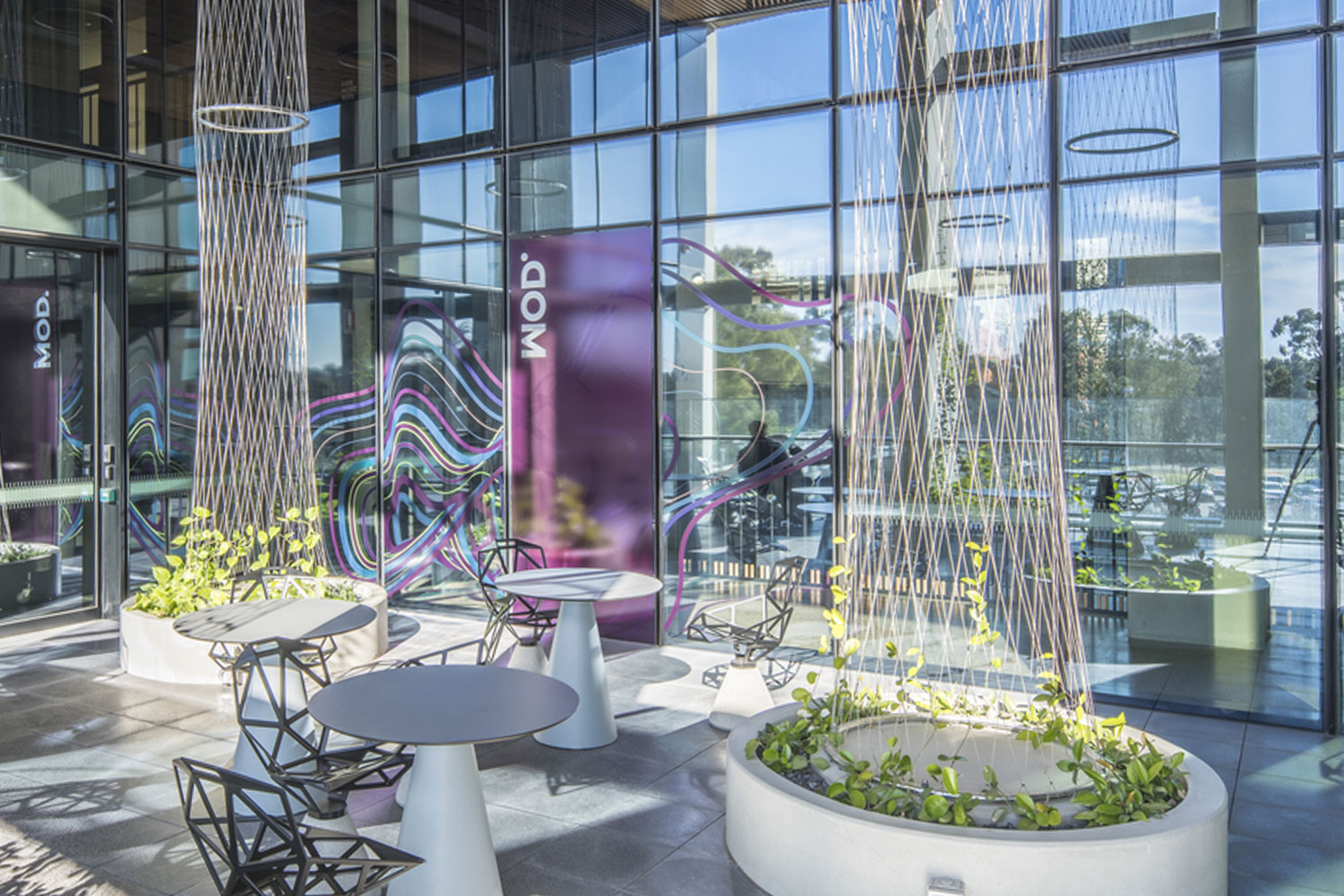The University of South Australia Cancer Research Institute
Swanbury Penglase and BVN
Australia
The University of South Australia (UniSA) Cancer Research Institute designed by architects Swanbury Penglase and BVN is home to the UniSA’s School of Pharmacy and Medical Sciences, the globally recognised Centre for Cancer Biology, UniSA’s technology-based business incubator hub, Innovation Collaboration Centre and a future-focussed public museum, MOD. The building is unique in the way it brings together students, researchers, industry and the public to create a connected and engaged community of inquiry connecting the Adelaide BioMed City precinct to the city.
The building has been designed to facilitate a near doubling of current laboratory and non-laboratory-based research staff capacity. It consists of 12 levels plus a mezzanine, lower ground, basement and rooftop plant. The floors are linked by three interconnecting atriums, which move between the building’s north and south sides. This approach serves to encourage a ‘village’ approach for building occupants; these common spaces are designed around views, light and breakout and function facilities.
In this way, both formal and informal opportunities for interaction and knowledge sharing are encouraged, consistent with the university’s aspiration to create a connected and engaged community. Similarly, the MOD gallery spaces are clearly visible from the street. Their location and visual presentation along with a purpose-built ground floor café invites the public into and up the building.
The building’s key sustainable features include rainwater capture and storage for landscape irrigation usage, reductions in stormwater runoff, energy recovery in ventilation systems, manifolded lab exhausts, CO2 monitoring, solar photovoltaic hot water systems, a high-performance facade and aircuity system. End-of-trip facilities incorporate 73 bike parks and high-efficiency tapware and hydraulic fixtures. Construction materials included ten per cent of materials being recycled/reused, ten per cent sourced locally, and over 90 per cent of construction waste diverted from landfill.
Photography: Peter Barnes.




